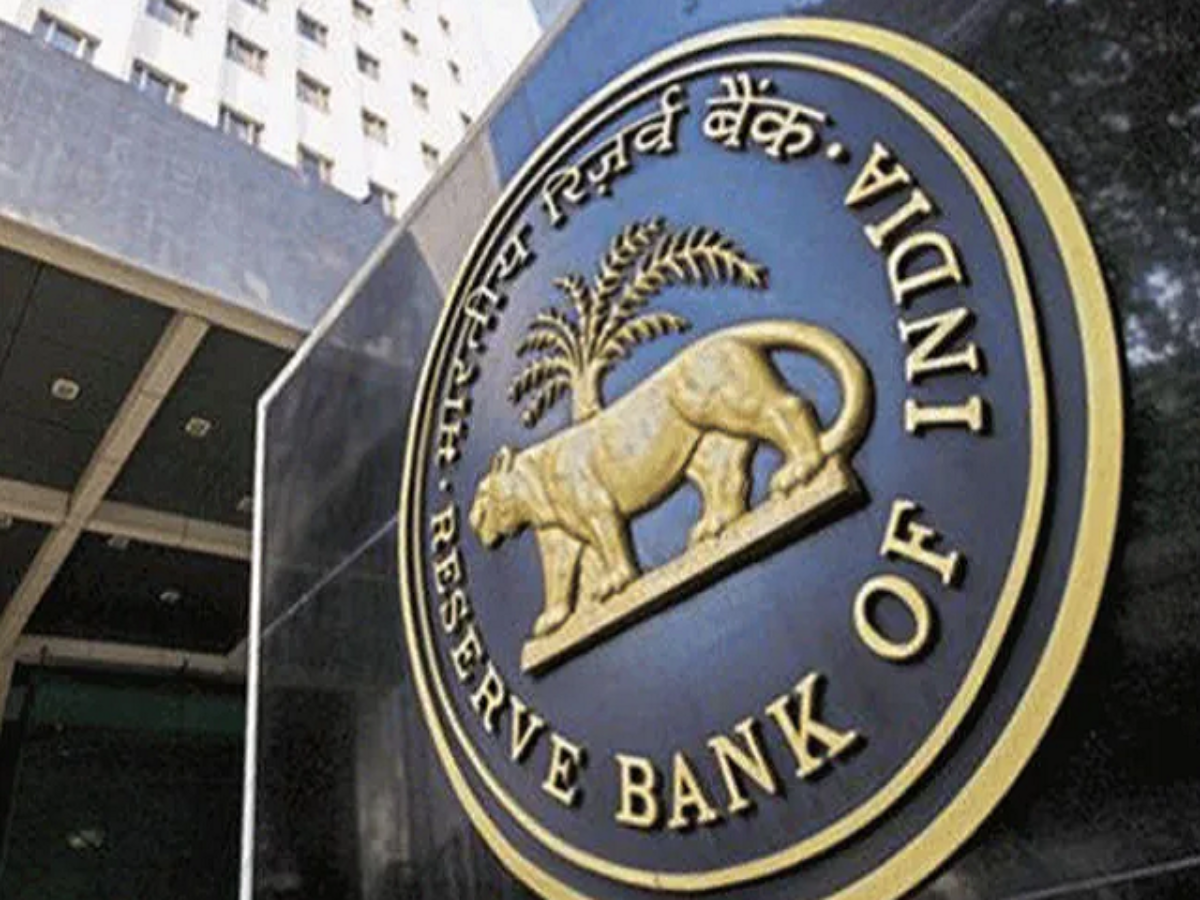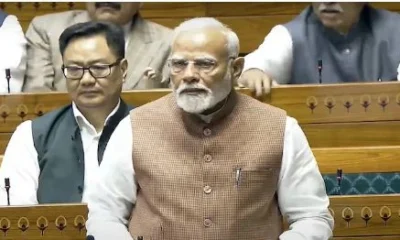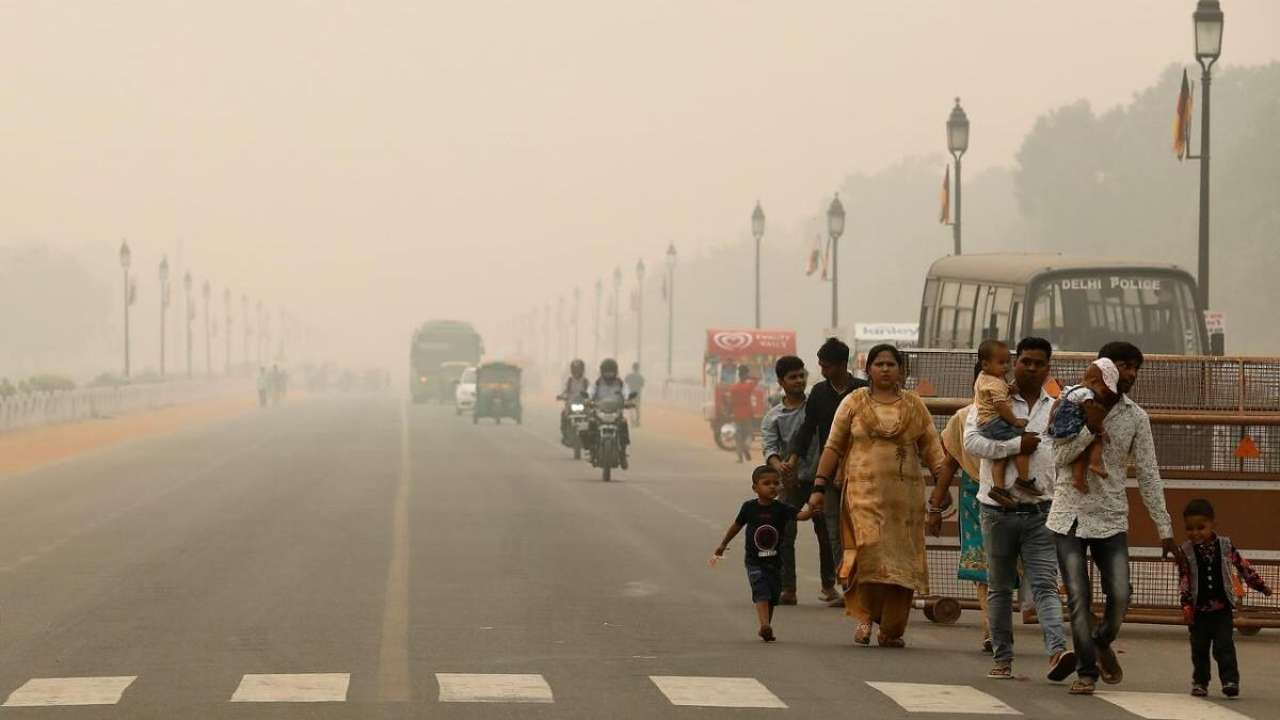The much-anticipated Maha Kumbh Mela of 2025 will take place in Prayagraj from January 13 to February 26, drawing millions of devotees to the confluence of the Triveni Sangam, where the Ganges, Yamuna, and the mythical Sarasvati rivers meet. With an expected crowd of 40 to 45 crore pilgrims from across India and around the world, this sacred event promises to be the largest gathering of the Sanatan faith.
A sacred gathering rooted in mythology
The Maha Kumbh Mela is a monumental religious pilgrimage celebrated every 12 years, rotating across four revered locations in India: Haridwar, Ujjain, Nashik, and Prayagraj. This grand festival is steeped in Hindu mythology, symbolizing the quest for salvation through a holy dip in the sacred waters, believed to be imbued with drops of nectar from the cosmic churning of the ocean.
At Prayagraj, the Kumbh Mela holds particular significance as it is centered at the Triveni Sangam, a location where devotees believe their sins are washed away through ritual bathing. This year’s Kumbh Mela will officially begin on January 13, with the Paush Purnima Snan (bath), and conclude on February 26, with Maha Shivratri.
The Akharas: centers of spiritual power
A defining feature of the Kumbh Mela are the Akharas—monastic orders that form a crucial part of the event. In total, 13 recognized Akharas participate, each following distinct spiritual practices rooted in Hindu traditions. These Akharas include:
- Juna Akhara
- Niranjani Akhara
- Mahanirvani Akhara
- Atal Akhara
- Ahwan Akhara
- Nirmohi Akhara
- Anand Akhara
- Panchagni Akhara
- Nagpanthi Gorakhnath Akhara
- Vaishnav Akhara
- Udasin Panchayati Bada Akhara
- Udasin Naya Akhara
- Nirmal Panchayati Akhara
The Akharas are divided into several categories based on the deities they revere, including Shaiva (followers of Lord Shiva), Vaishnav (devotees of Lord Vishnu), and Udasin (followers of Guru Nanak). The Akharas are led by spiritual authorities such as the Acharya Mahamandaleshwar, the highest-ranking position in an Akhara, and other prominent figures including Mahamandaleshwar and Shrimahant, responsible for administrative duties.
The role of Naga Sadhus
Among the most striking figures at the Kumbh Mela are the Naga Sadhus—ascetics who renounce all worldly possessions, including clothing, in their pursuit of spiritual enlightenment. These ascetics dedicate their lives to self-realization and are often seen leading processions and performing rituals during the Mela.
Key bathing dates: A spiritual journey
The Maha Kumbh Mela includes six major bathing days, each carrying deep spiritual significance. Pilgrims gather on these days to cleanse themselves of sins and seek blessings for a better life:
- January 13, 2025: Paush Purnima
- January 14, 2025: Makar Sankranti (Royal Bath)
- January 29, 2025: Mauni Amavasya (Royal Bath)
- February 3, 2025: Basant Panchami (Royal Bath)
- February 12, 2025: Maghi Purnima
- February 26, 2025: Mahashivratri
Each of these dates marks a unique occasion for spiritual renewal, drawing millions of people to the banks of the Triveni Sangam.
The spiritual significance of Peshwai and Nagar Pravesh
The Kumbh Mela is also marked by the grand processions of the Akharas, known as Peshwai and Nagar Pravesh. The Peshwai sees Akharas move from their permanent ashrams to their temporary camps at the Kumbh Mela site, a display of tradition and power, featuring elephants, camels, horses, and other symbolic elements. The Nagar Pravesh marks the arrival of saints and ascetics in the city, an event that adds to the grandeur and spiritual atmosphere of the festival.
Hatha Yoga: The path of devotion
During the Kumbh Mela, some ascetics practice Hatha Yoga, an intense form of spiritual discipline. This involves extreme physical postures such as standing on one leg for hours or keeping an arm raised for years, as acts of devotion and penance.
Kalpavas: A spiritual commitment
Another unique practice at the Kumbh Mela is Kalpavas, a spiritual observance where devotees spend the sacred months of Paush and Magh on the banks of the Triveni Sangam. Living in temporary shelters, the practitioners renounce worldly pleasures and engage in meditation, prayer, and rituals, seeking to purify their souls and achieve spiritual liberation.
As the Maha Kumbh Mela 2025 approaches, Prayagraj will become a global epicenter for spiritual devotion, drawing people from all walks of life to partake in its rituals and blessings. The event will not only be a celebration of faith but also a profound reminder of the collective power of devotion, self-realization, and spiritual unity.


 India News17 hours ago
India News17 hours ago
 India News22 hours ago
India News22 hours ago
 India News17 hours ago
India News17 hours ago
 Cricket news17 hours ago
Cricket news17 hours ago
 India News22 hours ago
India News22 hours ago
 India News2 hours ago
India News2 hours ago
 India News2 hours ago
India News2 hours ago
 Latest world news2 hours ago
Latest world news2 hours ago














